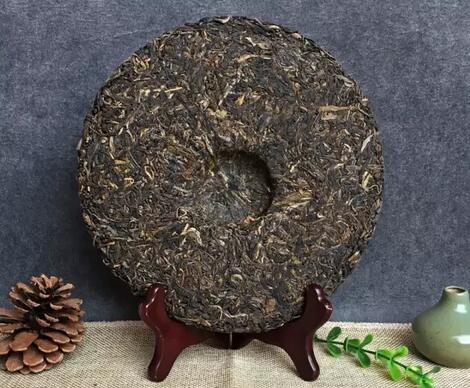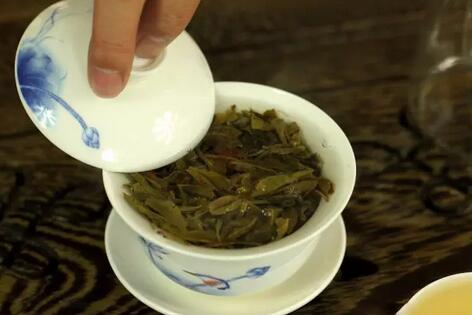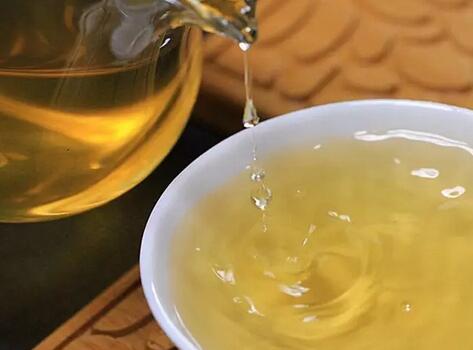Storage aging is a key step for raw tea, as it is not just about preservation but also an important process that transforms the tea towards a more fragrant, mellow, sweet, smooth, and rich profile. Besides increasing its market value, what else does aging raw Pu-erh tea achieve?

Sensory Changes
During storage, factors like moisture, temperature, and sunlight cause changes in the liquor color, taste, and aroma of raw Pu-erh tea. The liquor color transitions from green-yellow to red-yellow, the aroma shifts from fresh to aged, and the sun-dried notes reduce or disappear entirely.

Aroma Transformation
Pu-erh tea earns its reputation as a "drinkable antique" due to its unique quality of "improving with age," which also becomes a key factor in determining the market price of aged Pu-erh tea. Under proper storage conditions, the aging process develops aromas such as roasted, phenolic, aged, and woody notes.

Changes in Extract Content
Extracts include polyphenols, soluble sugars, amino acids, caffeine, and water-soluble pectin, among others. The level of water extracts reflects the amount of soluble substances in Pu-erh tea, indicating the thickness of the liquor and the intensity of its flavor. However, there is no definitive conclusion on the relationship between aging time and extract content.

Liquor Color Changes
Tea contains a large amount of polyphenols, a general term for multiple compounds, primarily catechins. These are closely related to the liquor color, taste, and aroma of tea. Catechins are colorless, bitter, and highly astringent, and they easily undergo auto-oxidation during storage. They first dehydrogenate into quinones and then polymerize further to form browning substances. The combined changes in these pigments gradually darken the liquor color.

Changes in Caffeine Content
Caffeine, one of the characteristic compounds in tea, is the most abundant alkaloid in tea leaves. Current research consistently shows that caffeine content decreases over time during storage.
